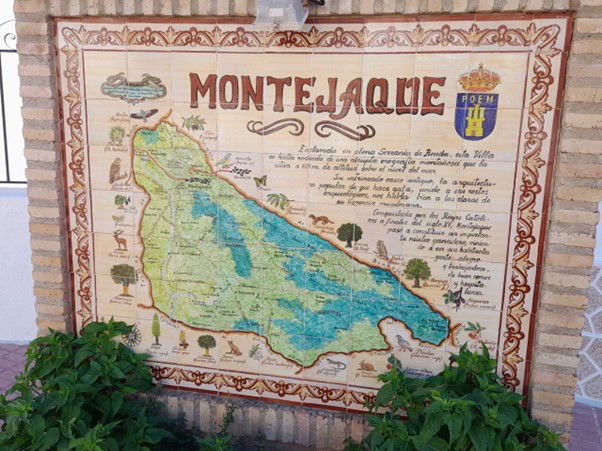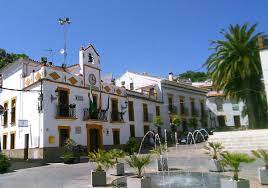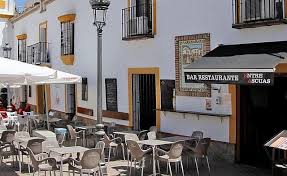MONTEJAQUE - The hidden village

Awaiting further content
A very attractive white village tucked into the mountains of the Sierra de Grazalema whose urban design bears witness to its Andalusi past, with steep, narrow streets and whitewashed houses with Arabic roof tiling. Its history is especially evident in the upper district of the village, el Barrio Nazarí. The lower district is more modern but retains its pueblo blanco charm.
Features of note include the Ayuntamiento, la Iglesia de Santiago, El Lavadero Antiguo, El Museo de Espelología and the Mirador above the village. Outside of town is the newly inaugurated Caminito de Montejaque and the Hundidero cave.
MONTY JACK
by Joe King

Montejaque, the name pronounced by many an English-speaking visitor as Monty Jack, sits 689 square metres above sea level. This stunning pueblo blanco nestles in the shadow of two mountains, Hacho and Tavizna. With a population of just below 1000, it’s small and quiet. The barrio nazarí, the old village tucked in at the top of Montejaque, is charming with higgledy-piggledy houses and narrow alleys originating from the days of the Moorish occupation of the Iberian Peninsula, 711 to 1492, was designed to keep dwellings cool in the heat of summer and sheltered and warm in the cold of winter.
Over the years a number of these older houses, many of which were nothing more than ruined dwellings or animal shelters, have been bought up by northern Europeans and renovated into holiday cottages or permanent homes. Some 40 or so guiris (foreigners, half of them British and Irish) live in Monty Jack on a permanent basis.
The surrounding land is given over largely to olive cultivation and cork production. The village is now quite thriving, with significant construction work in the newer lower part of the village still ongoing, as well as renovations of older properties, despite the various recessions, estados de alarma and the Covid-19 pandemic.
© Joe King
The Yellow Elephant is Dead! Long Live Hotel Palacete de Mañara!
By Paul Whitelock

The hotel in the square in Montejaque started life as a ham factory, only becoming a hotel and restaurant once the pork products industry went into decline in the 1980s.
The hotel had a succession of owners but was never really a success. Most of these owners were foreign and under their management the bar and restaurant never really appealed to the locals.
Foreign residents liked it well enough and so did the foreign tourists, but once the tourist season was over the place became uneconomical to run.
I recall one English proprietor telling me some years ago that she didn’t want Spaniards in the bar or on the terrace taking up a table for ages just for a coffee or a beer. Those owners didn’t last long, needless to say.
In the early noughties a young English entrepreneur took it over and changed the name to The Yellow Elephant. The gimmick did not work for very long and he too went off with his tail between his legs.
Another couple (two English males) also failed to catch the eye of the locals.
Then, two years ago a young Spanish couple took it over, made it Spanish, served great coffee, interesting gourmet tapas and well-priced raciones, as well as a la carte meals.
They put on occasional events to attract the punters, including live music, an excellent quiz aimed at locals as well as foreigners, and occasional disco nights.
Suddenly, and despite the interruption of the pandemic, The Hotel Palacete de Mañara, and Bar Restaurante Entre Ascuas were working well.

Álvaro Gutiérrez from Ubrique (Cádiz) and his wife, montejaqueña Ana Tornay, have worked hard to make the place a success. Ana as the head cook and Álvaro as front of house work well as a team supported by their waiters David, José and Paula and sous-chef María.
© Paul Whitelock


